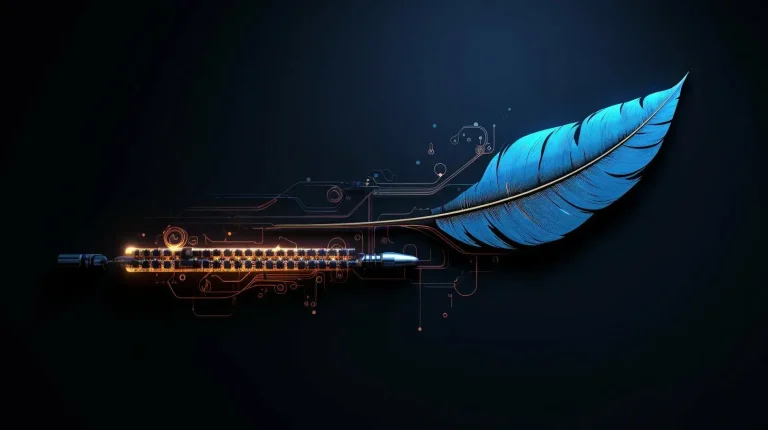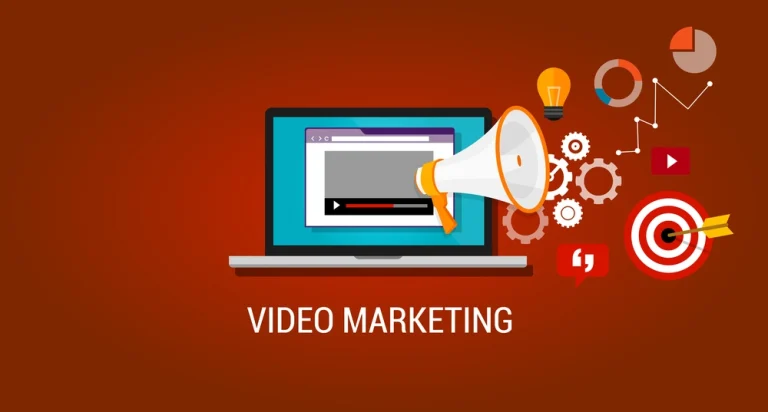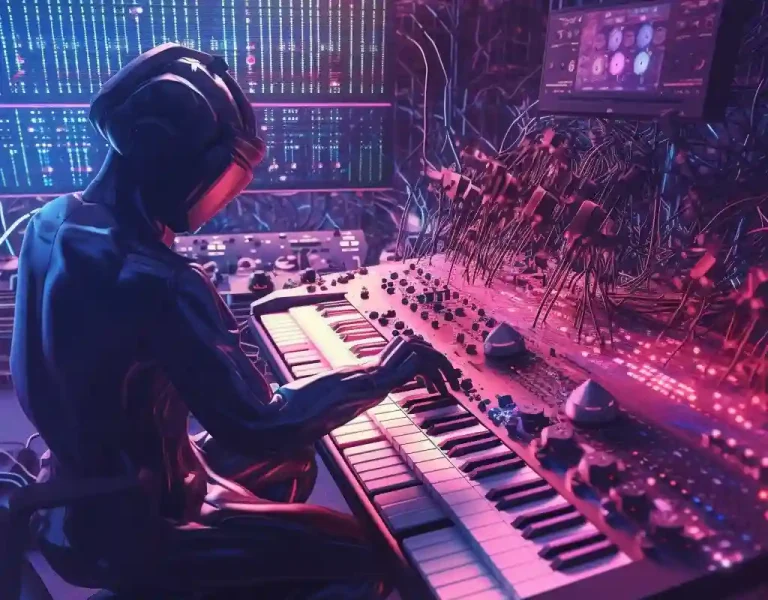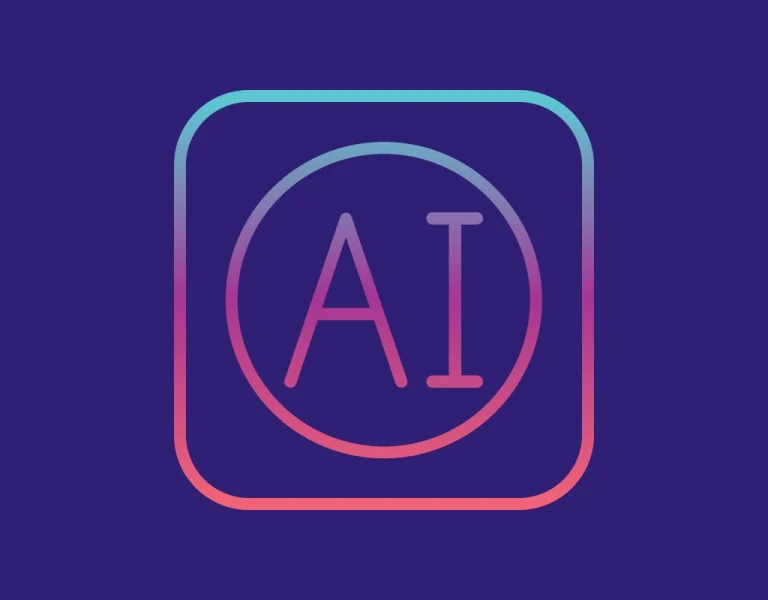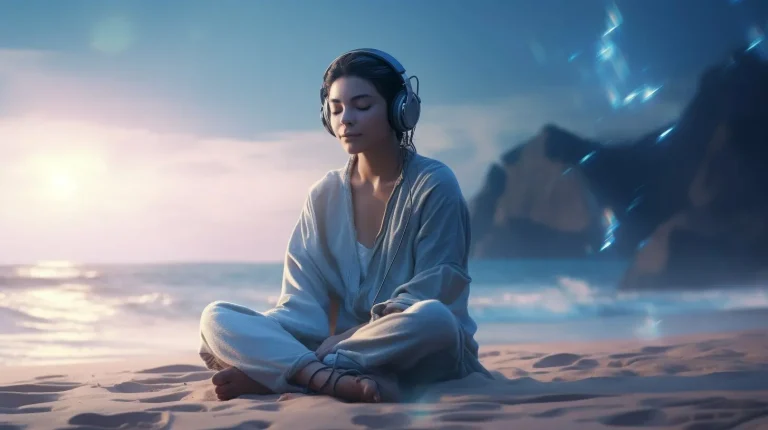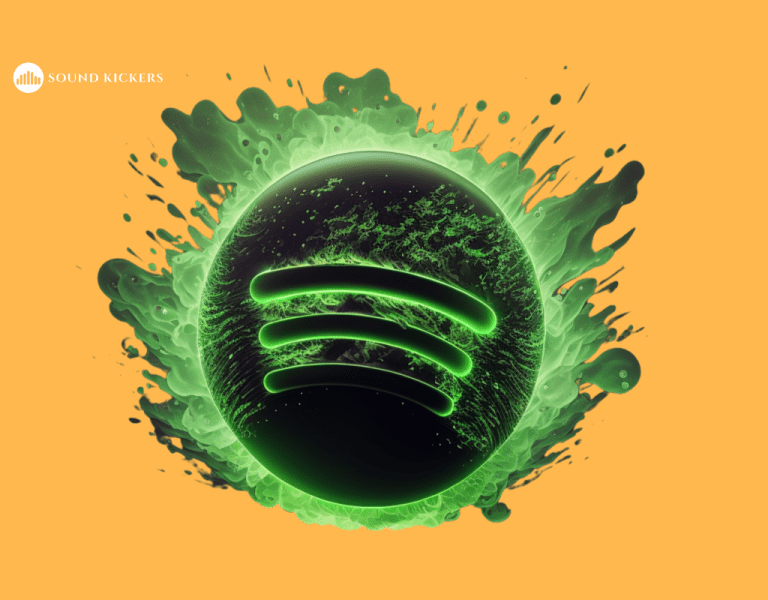YouTube Monetization for Musicians: Turn Passion Into Profit
You’re a talented musician, and you’ve got the tunes to prove it. But now it’s time to transform those sick beats into cold, hard cash.
Feeling a bit lost? Hey, we all do!
Thankfully, YouTube monetization for musicians is much simpler than you might think.
You’re not alone in wondering, “Can I really make money from my music on YouTube?” Well, your tunes deserve some love (and income), and we’ve got just the answers you need.
So, let’s dive right in and get that cash flowing!
Key takeaways:
- YouTube monetization for musicians relies heavily on its Content ID system to track and collect revenue.
- Adding your music to the YouTube Creator Music library can help you retain monetization rights for your tracks.
- Explore additional avenues within YouTube, such as ads and sponsorships, to boost your earnings as a musician.
YouTube Monetization Basics
Revenue Streams
As a musician, monetizing your work on YouTube is essential. There are several revenue streams available to you:
- Ad revenue: Earn money from display, overlay, and video ads.
- Channel memberships: Offer exclusive badges, emojis, and access to members-only content.
- Super Chat and Super Stickers: Fans can pay to have their messages highlighted during live chat.
- YouTube Premium: Earn a share of the subscription revenue when your content is viewed by YouTube Premium subscribers.
Here’s a table summarizing the various revenue streams:
| Revenue Stream | Description |
|---|---|
| Ad Revenue | Display, overlay, and video ads |
| Channel Memberships | Exclusive content and perks for paying members |
| Super Chat & Stickers | Highlighted messages in live chat |
| YouTube Premium | Revenue share from YouTube Premium subscribers watching your content |
YouTube Partner Program
To access these monetization features, you need to join the YouTube Partner Program (YPP).
There are specific eligibility requirements you must meet:
- Adhere to all policies and guidelines related to monetization on YouTube.
- Live in a country or region where YPP is available.
- Have more than 4,000 valid public watch hours in the past 12 months.
- Have more than 1,000 subscribers.
- Have a linked AdSense account.
Once you’re accepted into the program, manage and track your revenue through the YouTube Analytics dashboard.
Content Strategy and Management
Content ID System
Content ID is the backbone of your YouTube monetization efforts.
This system allows you to identify your music or other audio and visual content whenever it’s used in a video on the platform and then collect revenue generated from it.
In order to take advantage of Content ID, you must first ensure that your content is eligible for monetization by registering it with YouTube. This can be done through your digital distributor or a third-party administration firm like CD Baby.
Content ID works through a process called fingerprinting, which matches your sound recordings, compositions, and visual content against user-generated content (UGC) uploaded on the platform.
When a match occurs, you can choose to either monetize the video, block it, or track its performance.
To ensure accurate tracking and monetization, it’s crucial to maintain an organized content management system (CMS) with all your registered works.
Managing Multiple Content Types
As a musician, you may deal with various content types, such as sound recordings, compositions, and visuals.
Here’s a table to help you understand the differences between these content types and how to monetize them effectively:
| Content Type | Ownership | Monetization |
|---|---|---|
| Sound Recording | Owned by the performer or record label | Requires the master recording rights |
| Composition | Owned by the songwriter or publisher | Obtain requisite permissions and licenses from rights holders |
| Visual Content | Owned by the creator or producer | Ensure proper copyright registration and usage rights |
Keep these points in mind when working with multiple content types:
- For sound recordings and compositions, collaborate with your record label or publisher to ensure proper licensing and revenue sharing.
- If you’re working with visual content, ensure you have the necessary copyrights and usage permissions before uploading it to YouTube.
- Be prepared to handle user-generated content (UGC) featuring your music or other creations. This can involve reviewing and managing claims, disputes, and appeals.
To help you stay organized, keep a list of all your content types, associated copyright information, and monetization plans. This will make it easier to manage your content and address any issues that may arise.
Additionally, familiarize yourself with platforms like Google AdSense to optimize your monetization strategy across various formats and placements.
Lastly, consider exploring and studying YouTube’s Creator Academy to discover tips and best practices on effective content management.
Remember that understanding and effectively managing your content on YouTube is key to successfully monetizing your music and ensuring your creations reach the right audience.
Leveraging Official Artist Channels
Channel Customization
As a musician, taking advantage of an Official Artist Channel (OAC) on YouTube can help you build your brand and engage with your audience.
A unified presence on YouTube allows you to directly reach and interact with your fans1.
To make the most of your OAC, customize your channel to reflect your unique style and message.
This may include:
- Choosing a memorable and relevant channel banner.
- Carefully selecting an engaging channel icon.
- Organizing your channel layout (videos, playlists, sections, etc.) to showcase your content effectively.
Promoting Music Videos and Albums
Consistently promoting your music videos and albums on your Official Artist Channel will increase your visibility to potential fans. Consider the following strategies for promoting your musical content:
- Create eye-catching thumbnails and titles for your music videos
- Share your video links on social media and other platforms
- Collaborate with other musicians, influencers, or creators
- Use YouTube analytics to determine your most popular content and tailor your future releases accordingly
Monetizing Your Music
To monetize your Official Artist Channel2, you must meet the following requirements:
- Have at least 1,000 subscribers
- Generate 4,000 watch hours over the last 12 months
- Have a YouTube AdSense account set up
- Comply with all of YouTube’s policies and guidelines3
If you meet these criteria, you can start earning revenue from your music by displaying advertisements on your videos.
Monetization allows you to create a sustainable income while continuing to grow your fan base and produce music.
Revenue Streams
In addition to ad revenue, there are other ways to generate income from your music on YouTube, such as:
| Revenue Stream | Description |
|---|---|
| YouTube Premium | Earn income from subscription fees paid by YouTube Premium users |
| Super Chat & Stickers | Viewers can make donations during live streams or premiere videos |
| Channel Memberships | Offer exclusive perks to subscribers who join your channel as paid members |
Leveraging your Official Artist Channel by focusing on channel customization, promoting your music videos, and monetizing your content will help you effectively grow your fan base and generate a steady income.
Footnotes
Maximizing Music Revenue
Music Monetization Services
YouTube monetization is essential for musicians looking to maximize their music revenue.
One option is to use CD Baby’s social video monetization program, which you can opt into during submission for a new release or for music you’ve already released1.
This program includes YouTube monetization with no extra signup fee.
While YouTube Content ID is the core of monetizing your music on this platform2, additional options like VEVO exist.
Owned by Warner Music Group, VEVO was created as a way for record companies to earn more revenue from their content on YouTube using premium ads, which tend to pay more.
However, only music videos distributed to VEVO will be monetized.
Several benefits of using music monetization services include:
- Rights management
- Revenue collection
- Expanded audience discovery
Expanding to Other Social Platforms
Apart from YouTube, other social platforms, such as Facebook, can help generate music revenue.
By opting in for social video monetization during submission, you can monetize and collect revenue for both Content ID and premium subscribers.
Make sure to drive fan engagement on all the social platforms where your music is available, as it can help you gain more exposure and revenue.
In addition, consider the following strategies to further expand your music revenue:
- Merch: Develop and sell your own merchandise. This not only boosts your income but also helps reinforce your brand and connect with fans.
- Creative Commons: Utilize Creative Commons licenses to make your music available for creators to use while still retaining control and potential for compensation.
- Infographics: Create engaging infographics that showcase milestones or achievements, making it easier for fans to share and interact with your content.
| Strategies | Benefit |
|---|---|
| Merch | Additional income, brand reinforcement |
| Creative Commons | Expanded audience, potential compensation |
| Infographics | Increased engagement and shareability |
Footnotes
Rights, Licensing, and Copyright
Publishing and Master Recording
As a musician, it’s crucial to understand the two main types of rights associated with your music: publishing rights and master recording rights.
- Publishing rights: These pertain to the ownership and control of the underlying composition—lyrics, and melody.
- Master recording rights: These involve the ownership and control of the actual sound recording of a song or performance.
Companies like CD Baby can help you manage these rights and navigate the YouTube monetization process.
Master recording rights holders are usually the artist who recorded the song, their record label, or another party who has invested in the recording. Publishers, on the other hand, handle publishing rights and represent songwriters.
| Rights Type | Ownership & Control |
|---|---|
| Publishing Rights | Lyrics, melody |
| Master Recording | Sound recording of the song or performance (actual recording) |
Fair Use and Public Domain
Understanding fair use principles and the public domain is essential when using copyrighted material on YouTube.
- Fair use: This is a legal doctrine that allows the use of copyrighted materials in certain situations, such as commentary, criticism, news reporting, teaching, or research, without obtaining permission from the copyright holders. You can learn more about YouTube’s guidelines regarding fair use before monetizing content.
- Public domain: Works in the public domain are no longer protected by copyright and can be used freely without permission from the original copyright holder. Public domain works can be a valuable resource for including background music or clips in your YouTube videos.
Remember, fair use policies vary from country to country, and determining whether a particular use of copyrighted material falls under fair use requires a case-by-case analysis.
By understanding rights, licensing, and copyright, you can efficiently navigate the YouTube monetization landscape and protect your creative work while increasing revenue.
Common Monetization Challenges
As a musician, monetizing your music on YouTube can be a valuable revenue source. However, there are several challenges you might face when trying to monetize your content.
Let’s discuss two common challenges: Dealing with Unauthorized Content and Navigating Ambiguous Cases.
Dealing with Unauthorized Content
Unauthorized content refers to instances where your music has been used without your permission. This can include situations like:
- Your music is being used in various artists’ albums.
- Your tracks are being used as background music in video gameplay footage.
- Sound-a-like cover versions of your songs.
- Your music is being used in karaoke versions.
You can leverage YouTube’s Content ID system to address unauthorized content on YouTube.
Content ID allows you to identify and manage your copyrighted content on the platform. When your music is matched with a video, you can decide whether to monetize the video, block it, or track its viewership statistics.
Navigating Ambiguous Cases
Another common challenge when monetizing your music on YouTube is dealing with ambiguous cases.
These situations can involve:
- Use of audio library samples
- Incorporation of sound effects
- Utilization of production loops
In these cases, it can be difficult to determine if using such elements violates your copyright or if it falls under fair use.
When encountering ambiguous cases, weighing the potential benefits of monetization against the possible risks of copyright disputes is crucial.
Additionally, familiarize yourself with YouTube’s policies and guidelines to ensure your content complies with their requirements.
Remember, understanding these challenges and developing an effective strategy will help you successfully monetize your music on YouTube.
Conclusion: YouTube Monetization for Musicians
You’ve made it this far, and that shows you’re truly dedicated to understanding and maximizing YouTube monetization for you as a musician. Great job!
It’s normal to feel overwhelmed with all the different revenue streams and opportunities on the platform but remember, you’re not alone in this journey.
For example, you might think: “There are so many steps to take, and it seems difficult to achieve monetization success.” But hey, it’s all about breaking it down, staying consistent, and focusing on your creative goals.
You’re an artist, and with that comes emotion and passion.
It’s okay to feel unsure or even anxious about monetizing your work.
But as a musician, your creative journey should be focused on spreading your art, reaching your audience, and turning your passion into a source of income.
Take a deep breath, re-focus, and keep pushing forward. This article has given you the insights and strategies you need to succeed.
With dedication, time, and effort, you’ll be on your way to building a sustainable and fulfilling career on YouTube.
Remember, the world is waiting to hear your unique voice – go out there and share it.
Frequently Asked Questions
How much do musicians earn per 1,000 views?
Earnings for musicians on YouTube can vary widely depending on factors such as the number of ads shown, ad type, and viewer demographics. The standard range is between $1 to $5 per 1,000 views, though it can go higher or lower. It is crucial to remember that monetization relies on consistent engagement and other potential revenue streams, such as merchandise sales or fan funding.
Which YouTube features pay artists?
Many YouTube features, such as YouTube ads, Super Chat, Channel Memberships, and YouTube Premium, can help artists earn money. These features provide a means for artists to generate revenue through different interactions with their audience and their content.
Can I monetize my own music on YouTube?
Yes, you can monetize your own music on YouTube. To do this, you have to sign up for YouTube’s Partner Program and enable monetization on the videos featuring your music. Services like CD Baby and TuneCore can help you monetize your music and collect royalties on your behalf.
How does YouTube handle copyrighted music?
YouTube uses the Content ID system to manage copyrighted music. When a video matches a copyrighted work, the system will either monetize the video and share revenue with the copyright holder or block or mute the video. This system helps protect the rights of copyright owners while ensuring that artists and content creators can also benefit from their creative work.
What are the requirements for channel monetization?
To be eligible for channel monetization, you must meet certain requirements as outlined by YouTube, including having at least 1,000 subscribers and 4,000 watch hours in the last 12 months. Your content must also be original, non-repetitive, and comply with YouTube’s monetization policies.
Should musicians use the YouTube Audio Library?
The YouTube Audio Library can be a useful tool for musicians and creators who need background music for their content. It offers a selection of royalty-free music and sound effects that can safely be used in your videos without triggering copyright issues.


